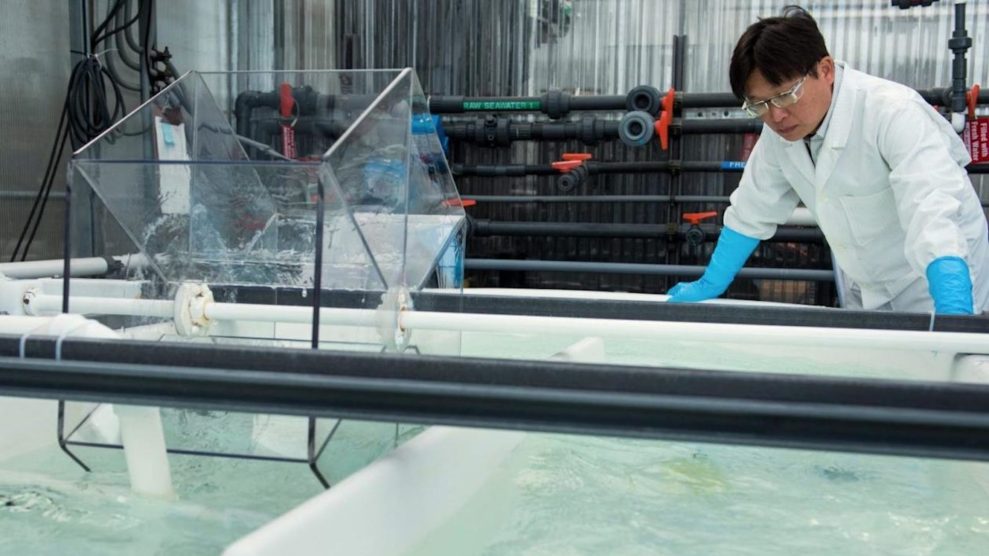Jose Kahn lives in a tony suburb of San Diego, California. The toxic mess his company created sits 20 miles south, in a squalid industrial park outside of Tijuana, Mexico. But when it comes to making Kahn clean up the site, the businessman might as well live on Mars.
For 12 years, Kahn owned and ran Metales y Derivados, a lead smelter that imported used car batteries from the United States for recycling. Under Mexican law, Kahn’s maquiladora was required to repatriate its hazardous wastes to the United States. Instead, Metales stockpiled 6,000 metric tons of lead, arsenic, and other toxics, and abandoned them when Mexican authorities shut down the plant in 1994. Since then, activists say, inadequate containment and heavy rains have let some waste seep into the neighboring colonia of Chilpancingo.
Metales has now become an important test case for the environmental protections promised under the North American Free Trade Agreement. NAFTA’s environmental arm — the Commission on Environmental Cooperation — agreed to review the case in October, marking its first-ever investigation of toxic waste on the border. Although Metales’ operation largely predates NAFTA, the CEC’s ruling will set a precedent for the thousands of maquiladoras operating under the agreement. Yet even if the CEC finds fault with Kahn or with the Mexican authorities, few expect a quick resolution. The commission has no authority to enforce a cleanup — it can only publicize its findings.
“We are doing a robust factual inquiry into the Metales case,” says Greg Block, program director at the Montreal-based CEC. But he admits that “one of the open questions about the whole NAFTA process is whether well-prepared factual records will lead to improvements or not.” Cesar Luna, project director with the Environmental Health Coalition in San Diego, decries the weakness of the commission: “It was a fundamental flaw in NAFTA that the CEC doesn’t have any enforcement authority. It’s been a total disappointment.”
Environmentalists and sources within the EPA suspect Metales is not an isolated case. The agency concedes it doesn’t know how much hazardous material is shipped south to the more than 2,000 maquiladoras that dot the border. But Mexican authorities estimate that less than one-third of the waste is returned to the United States, as required under NAFTA. Like Metales, many maquilas are thought to be stockpiling their waste, but illegal dump sites have turned up on both sides of the border. The situation is so dire that some environmental groups have dubbed the border a “2,000-mile-long Love Canal.”
Full remediation of the Metales site could run as high as $10 million, and Mexicans have tried fruitlessly to get Kahn to front the bill. Although Mexican warrants were issued for Kahn’s arrest in 1994, he continues to live — protected by the border — in San Diego’s luxurious Point Loma neighborhood. There have been no extradition efforts to date.
In a statement sent to Mother Jones, Kahn defended Metales, calling it a “state-of-the-art recycling facility” and adding that he is “trying to secure financing” for a cleanup. Local environmentalists are skeptical, and losing patience. “We need to bring Jose Kahn to justice,” says Luna, “so that corporations will understand that they can’t act like this in the future. Otherwise, this will happen again and again.”












